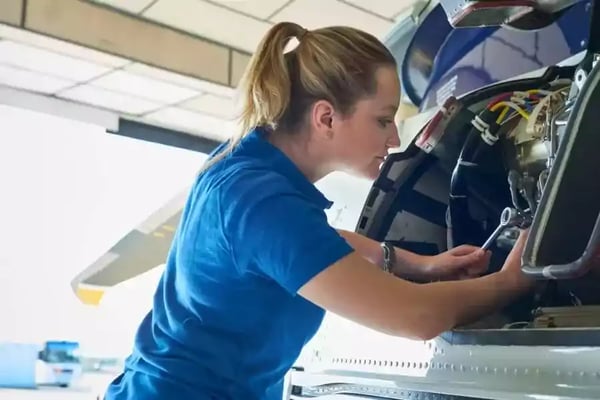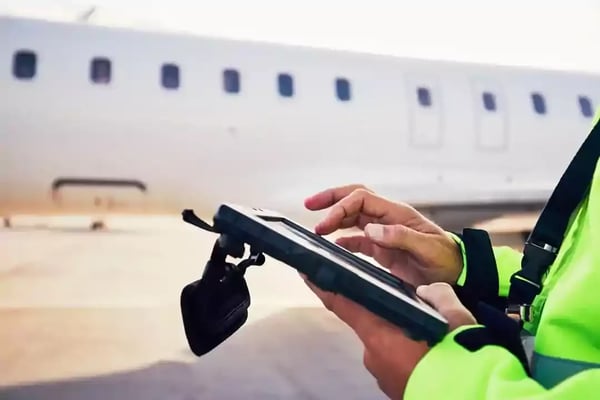Many positions in the aviation industry, most notably the position of pilot, are heavily male-dominated. Figures from 2021 indicate that women account for a mere 9% of all pilots, with only 6% of non-student pilots being female. Data for other aviation-related professions yields similar statistics, with the position of flight attendant being the only place where women outnumber men.
These are figures that need to change in the future, and not just for ethical reasons. The barriers holding women back from occupying male-dominated positions in the aviation industry are an inhibitor to the aviation industry’s overall success. In order to overcome this problem, it is first important to grasp the magnitude of this problem and understand the steps that members of the aviation industry can take to help.
The Numbers
As previously mentioned, women only accounted for 9% of pilots in 2021. The percentage of female airline mechanics was under 3%, and under 5% for female flight engineers. Despite this underwhelming representation, the demand for these positions continues to rise. It’s clear that all members of the aviation industry, men and women alike, would benefit from more equal representation.
That being said, the trend seems to be improving, although very slowly. Looking at the current percentage of pilots that are female, most of them are younger, falling under the 20-35 age range. This shows that more recent efforts to bridge the representation gap are having an impact. The trend shouldn’t be taken as a sign of complete success, however, as the numbers still lead to the same conclusion: the aviation industry still isn’t doing enough to achieve gender equality within its workforce.
The Barriers
Showing the underwhelming percentage of women in the aviation industry only highlights the effects of gender inequality, but not the causes. Understanding the barriers to gender inequality is a more nuanced subject, as they can’t always be concretely represented with numbers of graphs.
Many jobs in the aviation industry are perceived as men’s jobs. This perception makes it harder for women to occupy such positions, further perpetuating the idea that these jobs should be reserved for men. For example, becoming a pilot is more difficult for women than it is for their male counterparts, as not only do they have to excel in training, but they have to fight against gender-based resistance they may face from friends, family, peers, or mentors.
The resistance women face in training can be reflected with the same statistics from 2021. Almost 15% of student pilots were female, but this number drops off significantly (all the way down to 6%) for female non-student pilots. This drop-off has been present for decades and indicates that pilot school tends to be harsher towards women, not just from an academic standpoint, but from a social and emotional standpoint as well.
The Solutions
Since the barriers that women face in aviation obviously won’t go away by themselves, a proactive approach must be taken to achieve equal gender representation. History has shown that raising awareness, while a step in the right direction, won’t work wonders on its own. The most effective change comes in the form of scholarship money, support groups, and female-friendly communities within the aviation industry.
One of these solutions comes in the form of Women in Aviation International (WAI), a non-profit support group focused on improving the representation of women in the industry. It aims to achieve this by encouraging young women to pursue a career in aviation and by providing a support network to help women overcome any challenges they may face during their journey.
Until equal gender representation is achieved, the responsibility falls on members of the aviation industry to stay vigilant for gender biases and to actively fight against those biases in order to create an environment where women have equal opportunity for success as their male counterparts.
 Andy Graham
Andy Graham
 If you are interested in knowing how you can improve your efficiency in maintenance operations, book a 30-minutes discovery call with us.
If you are interested in knowing how you can improve your efficiency in maintenance operations, book a 30-minutes discovery call with us.
.webp?width=600&name=blog%2087%20(2).webp)
